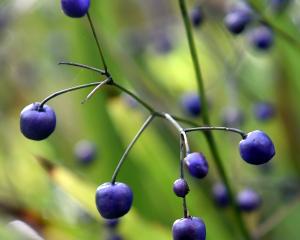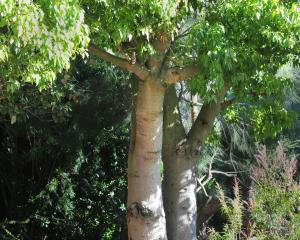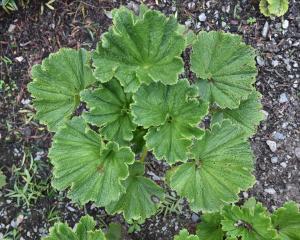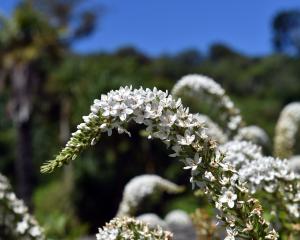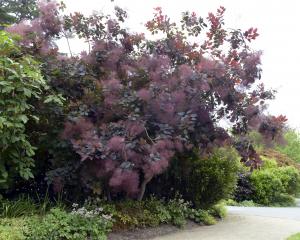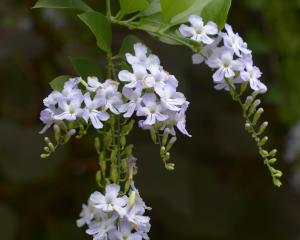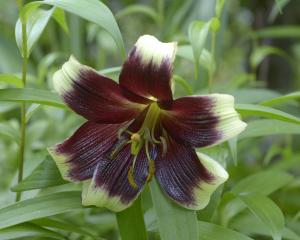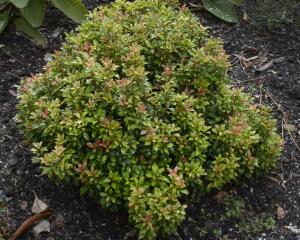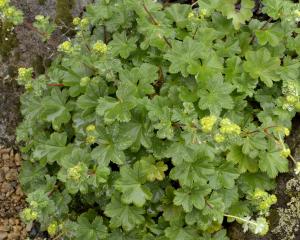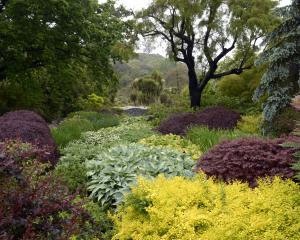It's not just the matter of ongoing maintenance, there is almost always a special plant to be acquired, something that needs to be removed or a plant combination that needs to be changed. This is the nature of gardening, although we don't always have the resources to do everything on the wish list.
If you do get the opportunity to make changes it can be exciting, but you must have patience.
Establish your vision and plan what you need to do.
Timing is really important, too.
Planting is usually done in spring or autumn for good reason: it is at this time of year plants get good soil moisture. Soil is often too dry in summer and too wet or even frozen in winter.
In some cases plants can easily be moved. However, there may be some that will need propagating as they won't shift. T
hose are the ones likely to be in the wrong place for your plan (Murphy is a gardener, too). If you are not sure, then find out - you don't want to move your grandma's favourite shrub that she grew from cuttings taken from the long-gone family farm only to find it can't handle root disturbance!
A small-scale project that has been slowly progressing in the upper garden is the transfer of the native cultivar display to the carpark border by the daffodil lawn.
We are moving a number of smaller shrubs and herbaceous plants to this area and, in spring, hope to see them burst into growth in their new environment.
Shirley Stuart is curator of the native plant collection at Dunedin Botanic Garden.

